Do you have a vehicle that is powered by a V6 engine, and you’re wondering if you can supercharge it to gain extra horsepower? You’ve come to the right place, for we have researched this question, and we have the answer for you.
Yes, you can supercharge a V6 engine. In fact, you can even turbocharge your V6 engine. A supercharger can increase your engine's power output by 30-40%. However, your vehicle would require several additional modifications to accommodate the supercharger for the best result.
Learn more about the effects of a supercharger on your V6 engine in the succeeding sections. Read on!
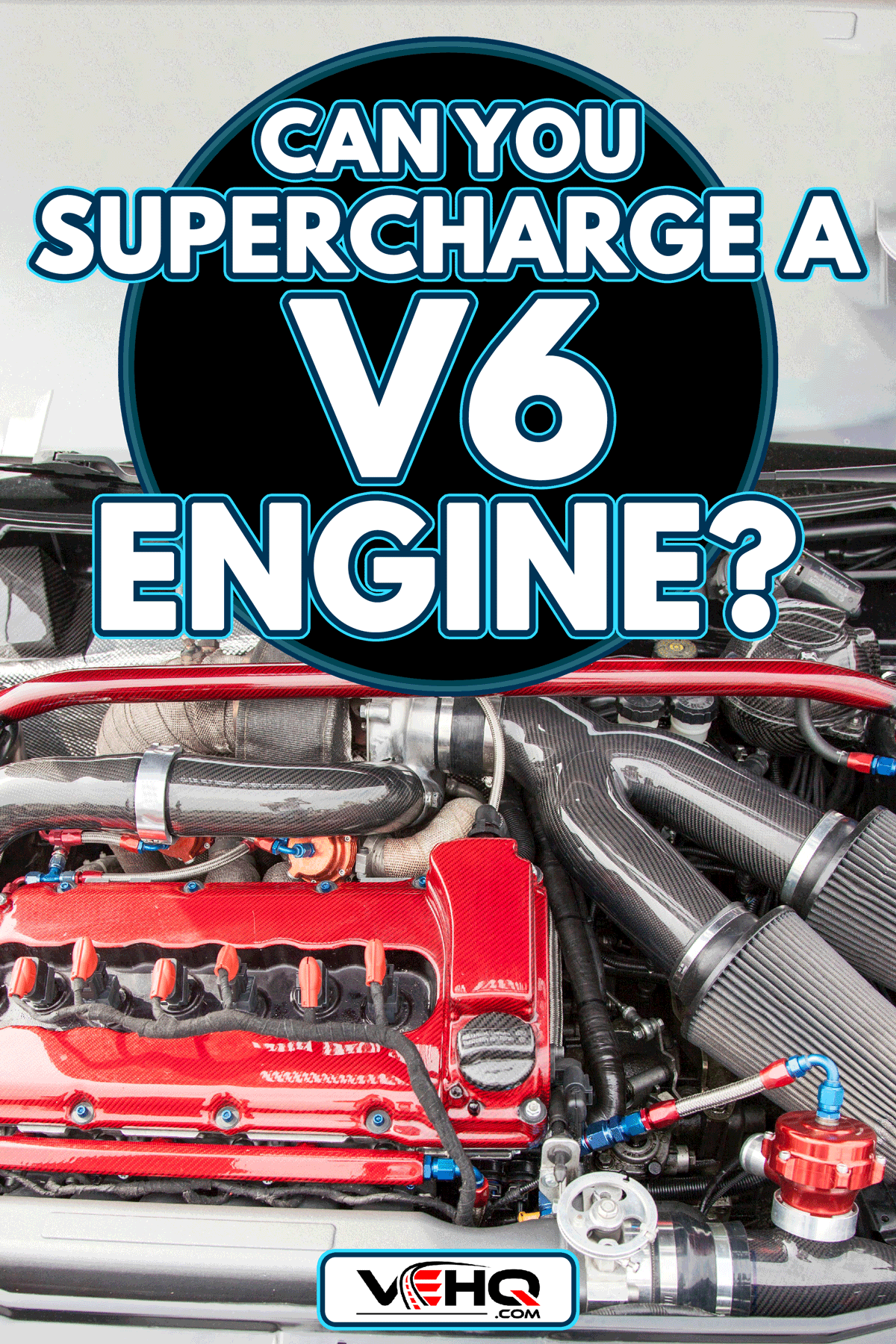
What exactly does a supercharger do?
A supercharger is a mechanical or electronic air compressor that compresses the air going into the combustion chamber. Compressed air contains more oxygen. More oxygen helps burn fuel better and improves performance.
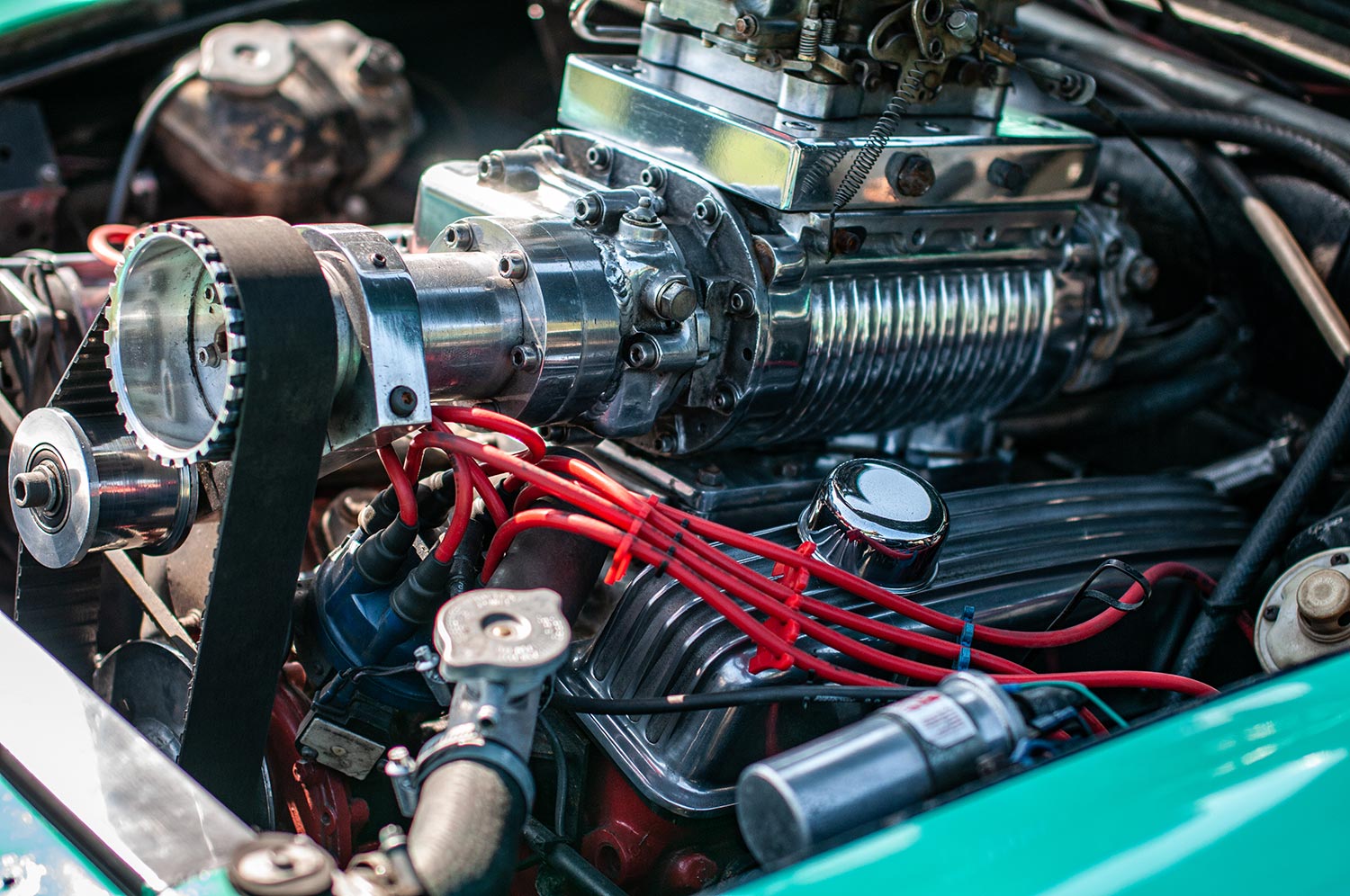
A supercharger uses the rotational energy coming from the crankshaft to rotate air at high speeds to compress it before sending it to the combustion engine.
What does a turbocharger do?
Turbochargers work the same way as superchargers—they compress air using rotational energy and send the compressed air to the combustion chamber to increase fuel combustion.
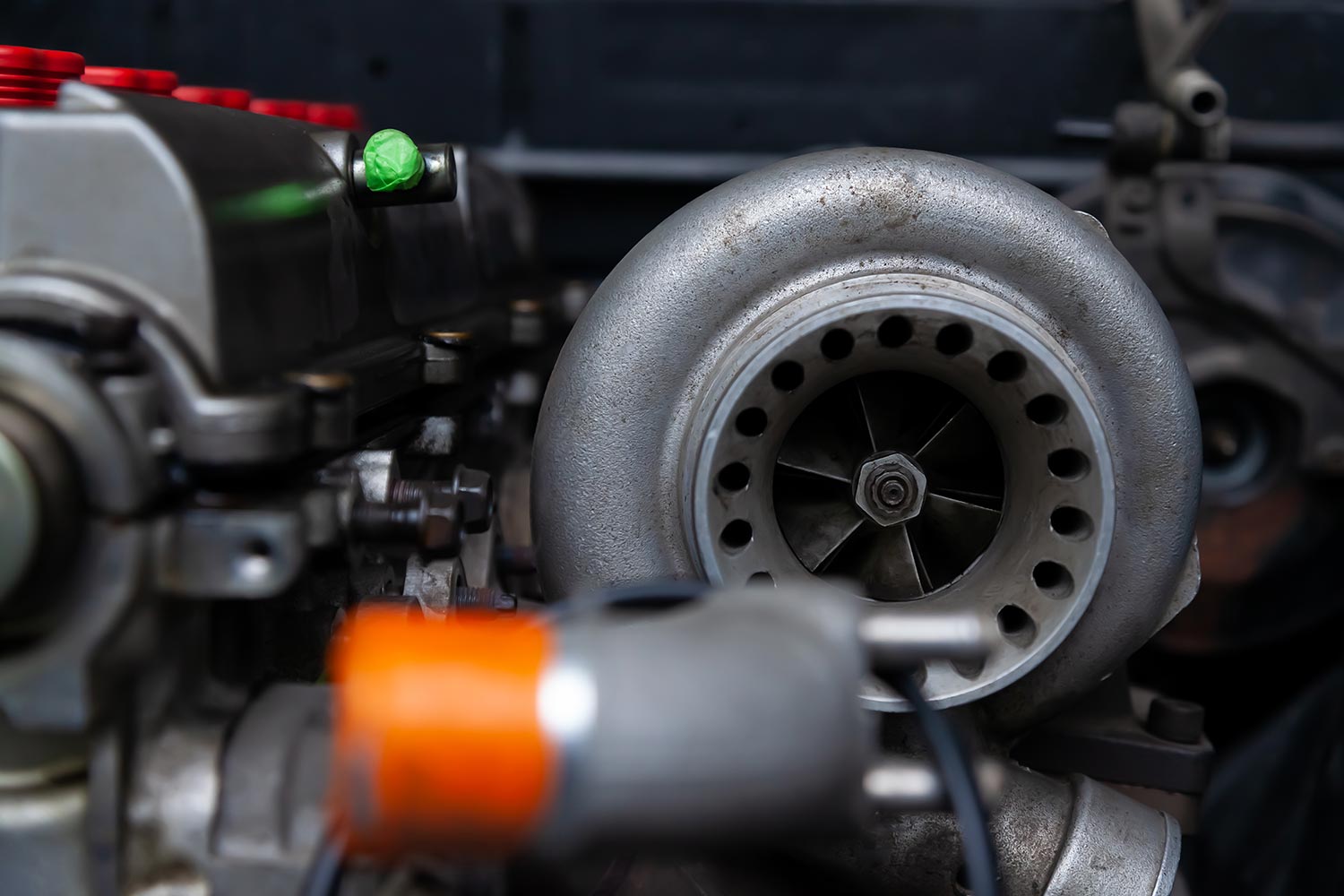
However, there is a key difference between a supercharger and a turbocharger, and that is where they get the energy that they need to compress air.
Superchargers get their energy from the rotation of the crankshaft. Turbochargers, on the other hand, use the force from the release of exhaust gases from the engine to spin their turbine, which will compress the air.
How much would it cost to supercharge a V6?

Buying a supercharger kit can cost anywhere between $1,500 to $7,000. This cost doesn’t include the cost of the modifications that you need to do on your engine so that it will be able to handle the extra power that the supercharger will provide. We will talk more about this later.
Then add the cost of labor if you’re not going to install it yourself.
How much extra HP does a supercharger add?
A supercharger doesn’t provide a specific number of additional horsepower to an engine. Instead, the additional power that a supercharger can give an engine is a percentage of the power that the engine can produce. Most superchargers can provide a 30% to 45% increase in the power output of an engine.
The horsepower that a V6 engine can produce is dependent on its displacement. A 2.5L V6 engine can produce up to 250 horsepower. On the other hand, a 3.5L V6 engine can produce up to 400 horsepower.
If you add a supercharger to a 2.5L V6 engine, the engine will jump from producing 250 horsepower to producing 325 horsepower.
Similarly, if you install a supercharger to a 3.5L V6 engine, the engine’s 400 horsepower output will increase to 520 horsepower. This is a total minimum gain of 120 horsepower if your supercharger only provides the minimum boost of an additional 30% horsepower.
Can a supercharger be installed on any engine?
A supercharger (or even a turbocharger) system can be installed on any internal combustion engine. However, your car must also complete several upgrades to prepare the engine for the extra power that the supercharger or turbocharger will provide.
The upgrades or modifications should also be done to create an installation area for the supercharger or turbocharger and to connect them properly to the engine.
What modifications do I need for a supercharger installation?
Superchargers add a percentage of the engine’s power that can be more than your engine can handle. While the right amount of power boost is a good thing, too much of it can lead to engine detonation, and this can cause your engine to become unusable.
Therefore, it is important to know the right amount of additional power that your engine can handle.
Compression Ratio
The static compression ratio of the engine is the ratio of the least and highest cylinder volume. This is the ratio between the cylinder volume when the cylinder is at the bottom stroke or the position of the largest volume and the cylinder volume when the cylinder is at the top of the stroke or the position of the least volume.
A high compression ratio is advantageous to an engine because the air-fuel mix has higher thermal efficiency. This provides the engine with more energy.
When you install a supercharger to your V6 engine, the total effective compression ratio of your engine becomes the combination of the engine’s static compression ratio and the boost pressure. This quantity helps determine the safe boost level of the engine once the supercharger is installed.
If you use 92-octane gasoline on your engine, you should maintain the effective compression ratio to 12:1 or lower to prevent engine detonation. An effective compression ratio that is higher than 12:1 increases the chance of engine detonation.
Is there a way to increase the boost level than what can be achieved by the 12:1 ratio? That is what the next section is all about.
Recommended Upgrades To Improve Performance Boost
Keeping your engine as a 12:1 effective compression ratio or lower also limits the performance boost that your supercharger can give you. However, this is the best way to go if you are installing a supercharger on a stock V6 engine. If you want to unlock the rest of the performance boost that your supercharger can give you, then you will need to modify your V6 engine.
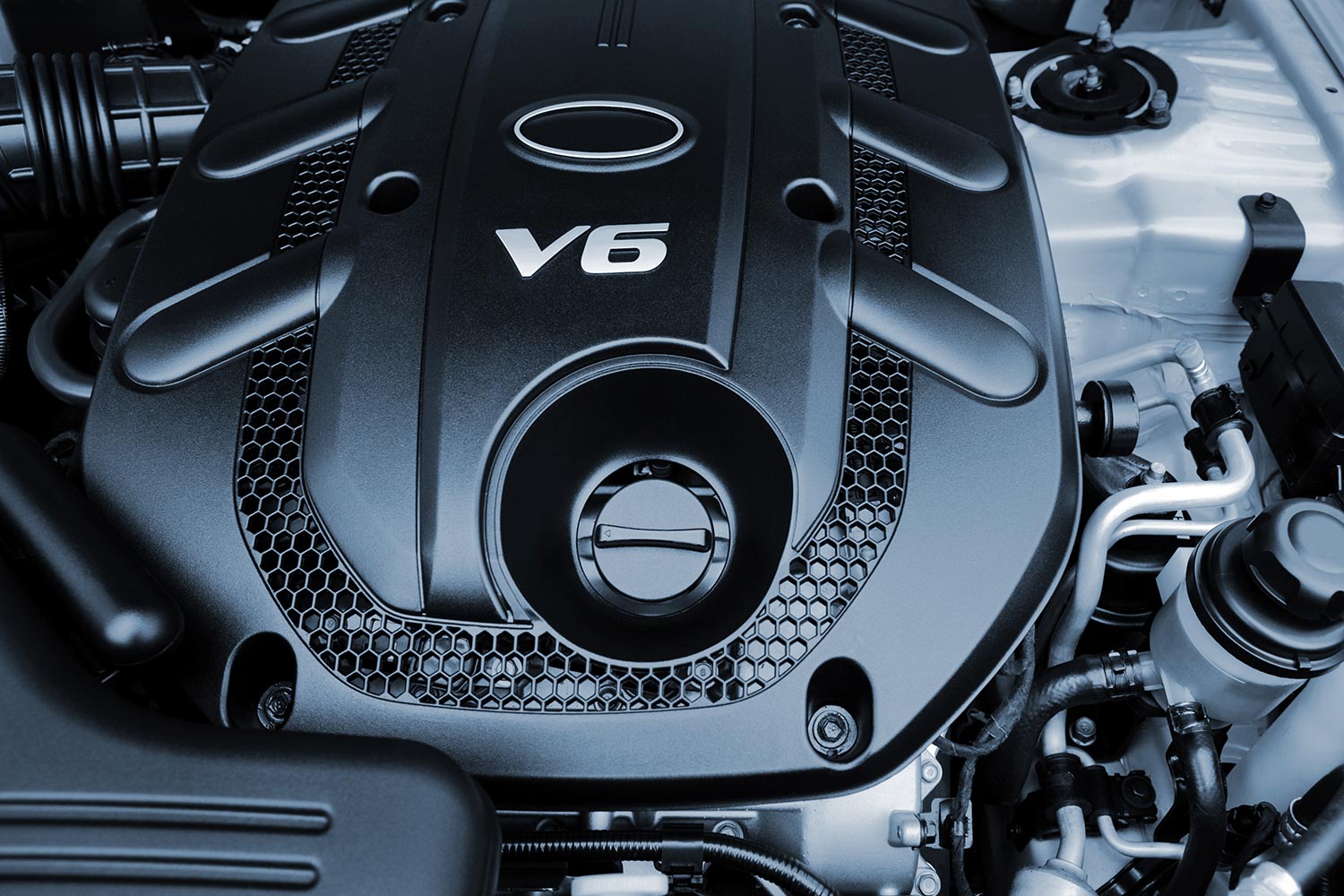
You should upgrade the induction and ignition parts of your V6 engine first to get a performance boost.
Recommended Ignition Upgrades
Ignition upgrades include the fuel injectors and the spark plugs.
A supercharger supplies your engine with compressed air, which is equivalent to sending a lot more air than what your engine receives. Feeding it the same amount of fuel to match that increased amount of air will not do your engine any good. You need to get more fuel into the combustion chamber.
A computer-controlled fuel injection system can be reprogrammed to change the amount of fuel that goes to the engine. The fuel pump and the fuel injectors must be able to allow the right amount of fuel to get to the engine after reprogramming.
A good illustration of this is you can’t make a faucet give you one gallon of water per minute if the maximum flow is only 0.5 gallons per minute.
Since you’re sending more fuel into the combustion chamber to match the increased air supply that your supercharger is supplying, you will also need to upgrade the spark plug to one that has a bigger gap. This will prevent the force of air from snuffing the spark from the spark plugs.
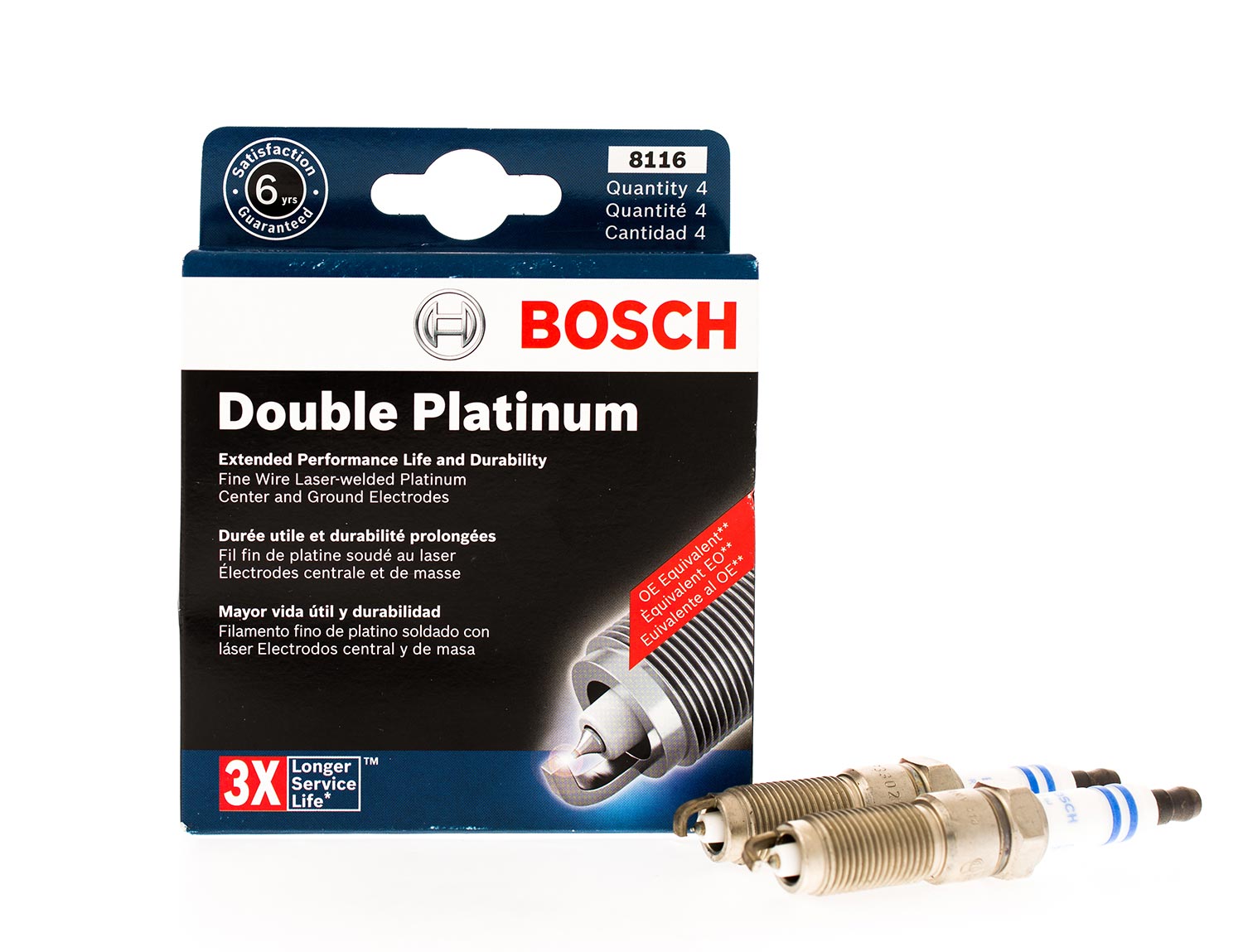
You will also need to upgrade the ignition system to a multi-spark system. This will make your spark plug fire up multiple times for each power stroke.
Recommended Intake Upgrades
It is best to upgrade the throttle body to increase the passageway that the air uses to get into the combustion chamber. A larger throttle body will also require an upgrade to the mass airflow sensor or MAF.
Upgrade the stock intake manifold into a performance version to improve the way air is fed into the combustion chamber.
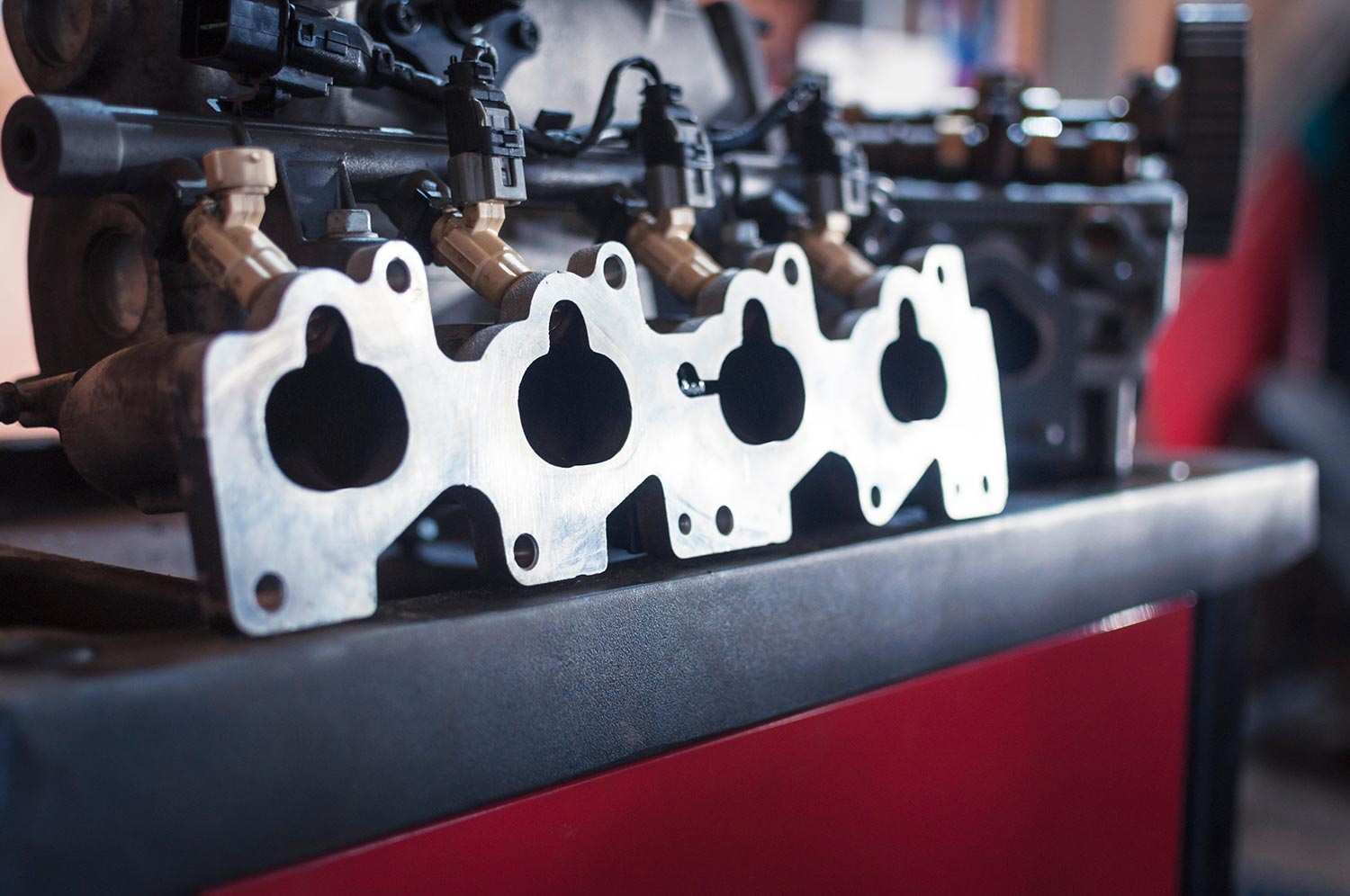
Swap out the camshaft to a performance aftermarket version with a higher lift. This will allow the exhaust valve to open longer to give it time to get rid of all the byproducts of combustion. Burning more air and fuel means you have more exhaust gases to get rid of.
Dorman 615-175 engine intake manifold is available on Amazon through this link.
Heat Management Upgrades
The engine is now ready to produce more power with each stroke. However, more power produced means that there will be more movement across the different parts of the engine. More movement means more friction.
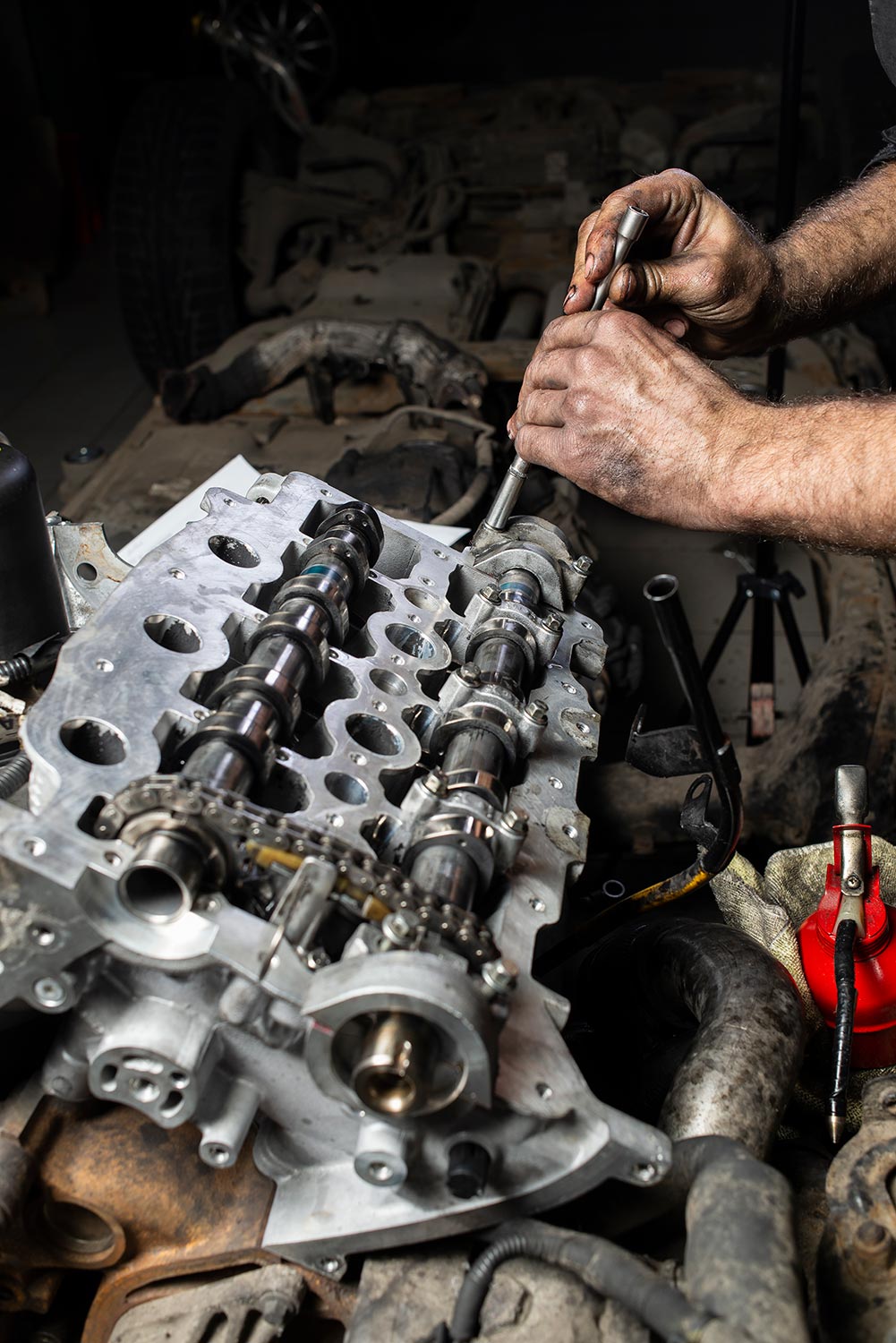
Upgrade the oil pump to a high-volume performance type to increase the flow rate of the oil that lubricates the parts of the engine. Replace the pistons, crankshaft, and connecting rods with high-performance forged versions.
Forged versions of these components will allow them to better handle the additional force coming from the additional power that the engine produces.
An increase in the compression ratio means that there will be a proportional increase in the heat produced by the engine. Upgrading the water pump to a performance version will allow your engine to cool better. Replace the thermostat with a version that opens at a lower temperature so that your cooling system will start to cool the engine earlier.
The engine produces heat faster because of the increase in fuel and air that it burns per stroke. Thus, it is best to start cooling the engine before it gets too hot.
A high volume 5.4L 32-valve oil pump is available on Amazon through this link.
Miscellaneous Upgrades
Upgrading the main bearing caps to a 4-bolt version will prepare them to withstand the higher pressures that your engine will produce once a supercharger is installed. Most factory-installed bearing caps have only the 2-bolt version.
A bearing cap girdle is effective in keeping the main caps in position. This is an aftermarket add-on to help reinforce the main bearing caps.
Conclusion
Installing a supercharger to a V6 engine will increase the power output of the engine. However, you must prepare your V6 engine to handle the additional power that it will produce once you pair it with a supercharger.
If you enjoyed reading this article, you might find the articles below equally enjoyable to read:



